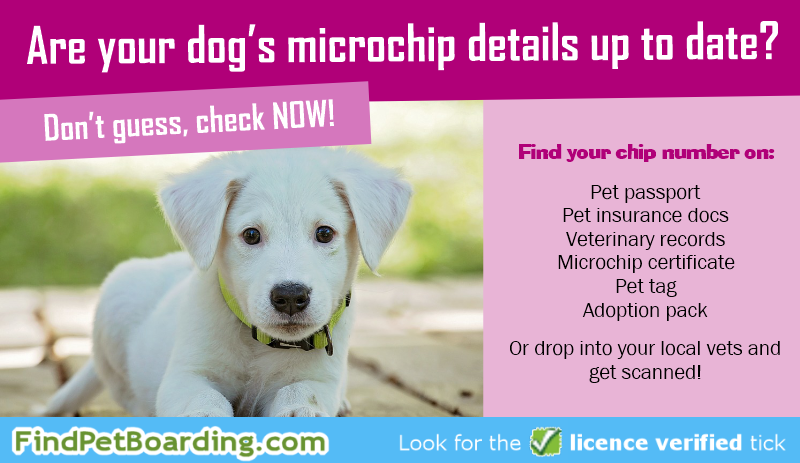Table of Contents
So you’ve taken the responsible step of microchipping your furry friend in Singapore, but now you’re wondering how to access those all-important microchip details. Fret not, because with just a few simple steps, you can easily check your dog’s microchip details in Singapore. Whether you want to update your contact information, verify your dog’s identity, or ensure compliance with local regulations, this article will guide you through the process effortlessly. Say goodbye to worries and hello to peace of mind when it comes to keeping your four-legged companion safe and sound.

What is a microchip?
Understanding the concept of microchipping
Microchipping is a simple and effective way to ensure the safety and well-being of your beloved furry friend. A microchip is a tiny electronic device, about the size of a grain of rice, that is implanted under your dog’s skin. This device contains a unique identification number that can be scanned and used to retrieve your dog’s contact information. It serves as a permanent form of identification that can greatly increase the chances of reuniting you with your dog if they ever go missing.
The importance of microchipping your dog
Microchipping your dog is a crucial step in responsible pet ownership. While collars and tags can easily get lost or become unreadable, a microchip provides a permanent means of identification. It can be a lifesaver in situations where your dog may wander off or get lost. Without proper identification, it can be incredibly difficult for someone who finds your dog to locate you as their owner. By microchipping your dog, you are ensuring that they have a higher chance of being returned to you if they ever end up in a shelter or a veterinary clinic.
Microchipping procedure
Choosing a licensed veterinarian
When it comes to microchipping your dog, it is important to choose a licensed veterinarian to perform the procedure. A licensed veterinarian has the necessary knowledge and expertise to carry out the microchipping process safely and efficiently. They will ensure that the microchip is implanted in the correct location and that your dog is comfortable throughout the procedure. Additionally, a licensed veterinarian will be able to provide you with guidance and answer any questions you may have about the microchipping process.
Preparing your dog for the microchipping procedure
Before your dog undergoes the microchipping procedure, it is important to take a few preparatory steps to ensure their comfort. It is recommended to ensure that your dog is up to date on their vaccinations prior to the procedure. This will help prevent any complications and ensure that your dog is in good health. You may also need to fast your dog for a certain period of time before the procedure, as directed by your veterinarian. This reduces the chances of any discomfort or complications during the microchipping process.
The actual microchipping process
The microchipping process itself is quick and relatively painless for your dog. The veterinarian will use a sterile needle to implant the microchip under your dog’s skin, typically between the shoulder blades. The entire process takes only a few seconds and is similar to a routine vaccination. Once the microchip is implanted, your veterinarian will provide you with aftercare instructions, such as keeping the area clean and monitoring for any signs of infection. It is important to follow these instructions to ensure proper healing and minimize any potential complications.
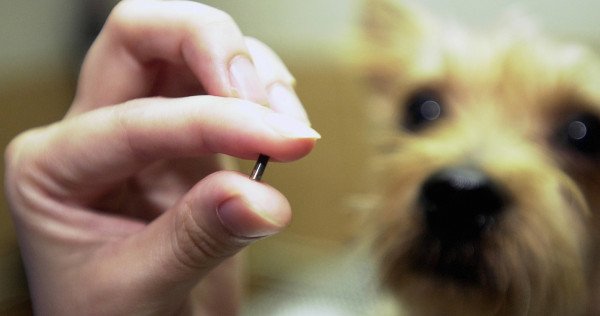
Microchip registration
Registering your dog’s microchip details
After your dog has been microchipped, it is essential to register their microchip details. Registration involves providing your contact information, as well as your dog’s information, to a microchip database. This way, if your dog ever goes missing, anyone who scans their microchip will be able to access your contact information and reach out to you. Registration is typically done online or by mail, depending on the microchip provider. Ensure that you complete the registration process promptly and accurately to ensure the effectiveness of the microchip.
Importance of keeping information up to date
Once you have registered your dog’s microchip details, it is imperative to keep this information up to date. If you move or change your contact information, make sure to update the microchip database accordingly. This ensures that if your dog is found, the correct information will be available to reunite you with your furry friend. Remember, an outdated or incorrect contact information can render the microchip useless. Regularly checking and updating your dog’s microchip details is a small but crucial step in ensuring their safety and well-being.
Accessing microchip databases
Understanding the purpose of microchip databases
Microchip databases serve as a central repository of information for registered microchips. When a lost dog is found, a microchip scanner is used to scan its microchip. The scanner reads the unique identification number stored in the microchip and can then be used to access the database, which contains the owner’s contact information. This enables the finder to reach out to the owner and facilitate the reunion of the lost dog with its family. Microchip databases play a vital role in reuniting lost pets with their owners quickly and efficiently.
Types of microchip databases available
There are various microchip databases available, each with its own unique features and capabilities. Some databases are national, while others are international. It is important to choose a database that is reputable, reliable, and recognized by local authorities. National databases are typically linked to local animal control agencies or veterinary clinics, making it easier for them to access and update the information in case your dog is found. Research different databases and select the one that best suits your needs and ensures the widest possible reach for your dog’s identification information.
Choosing a reliable and recognized database
When selecting a microchip database, it is crucial to choose one that is reliable and recognized in your area. Opt for databases that have a good track record of reuniting lost pets with their owners. Check for reviews and feedback from other pet owners to get an idea of their experiences with different databases. Additionally, consult with your veterinarian or local animal control agencies to see if they have any recommendations or preferred databases they work with. By choosing a reliable and recognized database, you are increasing the chances of your dog being found and returned to you in case they go missing.
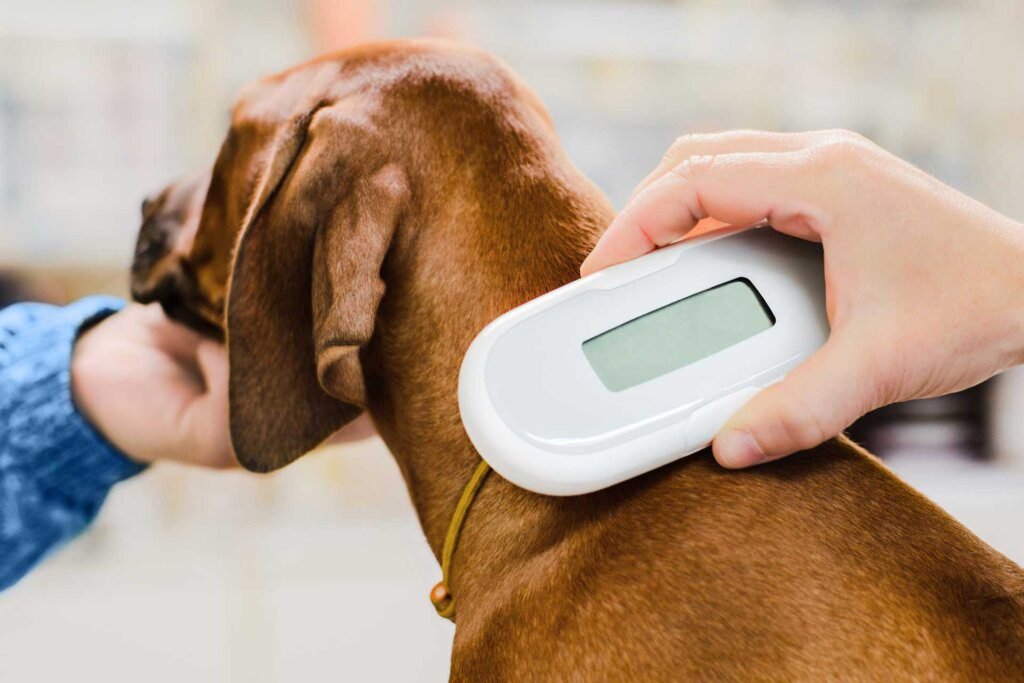
Microchip scanners
Understanding how microchip scanners work
Microchip scanners are handheld devices used to read the information stored in a microchip. These scanners emit a low-frequency radio wave, which activates the microchip and allows the scanner to read the unique identification number. The scanner then displays this identification number on its screen. Microchip scanners are an essential tool in reuniting lost pets with their owners, as they enable anyone who finds a lost dog to identify its ownership information readily.
Different types of microchip scanners
There are different types of microchip scanners available, including universal and multi-frequency scanners. Universal scanners can read all types of microchips, regardless of their manufacturer or frequency. This makes them incredibly versatile and suitable for a wide range of situations. On the other hand, multi-frequency scanners can read multiple frequencies, allowing for increased compatibility with various microchip types. When choosing a microchip scanner, consider the types of microchips commonly used in your region to ensure your scanner is capable of reading them.
Importance of having a compatible scanner
Having a compatible microchip scanner is crucial in accessing the information stored in your dog’s microchip. If your scanner cannot read the specific type or frequency of the microchip, it will be ineffective in retrieving the necessary information. This can significantly hinder the efforts to reunite you with your lost dog. It is important to select a microchip scanner that is compatible with the microchips commonly used in your area. Consult with your veterinarian or local authorities to determine the most suitable scanner for your needs.
Online platforms for checking microchip details
Exploring online platforms for checking microchip details
With the advancements in technology, there are now online platforms available that allow you to check and update your dog’s microchip details. These platforms provide a convenient way for individuals or professionals, such as veterinarians and animal control agencies, to access and verify the information associated with a particular microchip. By searching the microchip identification number on these platforms, you can easily retrieve the contact information of the dog’s owner, facilitating a swift reunion in case the dog is found.
Reputable websites and platforms for microchip lookup
When using online platforms for checking microchip details, it is important to rely on reputable and trusted websites. Look for platforms that are widely recognized and recommended by professionals in the field. Avoid using unofficial or unrecognized websites, as their accuracy and reliability cannot be guaranteed. Reputable platforms typically have stringent privacy and security measures in place to protect the information stored in the microchip database. By using established and reliable platforms, you can ensure the safety and privacy of your dog’s microchip information.
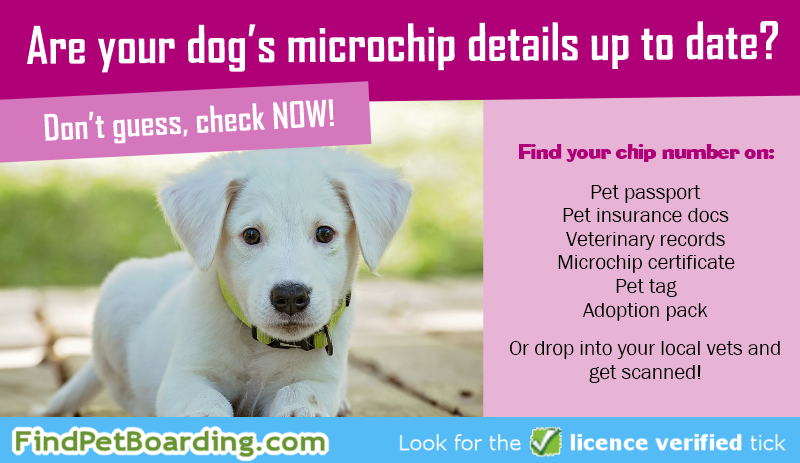
Contacting local authorities
The role of local authorities in microchip identification
Local authorities, such as animal control agencies or municipal shelters, play a vital role in microchip identification and reunification efforts. When a lost dog is found, these authorities are often the first point of contact for the person who found the dog. They have the necessary tools and resources, such as microchip scanners and access to microchip databases, to identify the dog’s owner. It is important to have the contact information for your local authorities readily available so that they can be reached quickly in case your dog goes missing.
Obtaining contact information for local authorities
To obtain the contact information for your local authorities, you can start by searching online or contacting your veterinarian. Local government websites or directories often provide information on animal control agencies or municipal shelters in your area. Your veterinarian may also have this information readily available or can direct you to the appropriate sources. It is advisable to save this contact information in a easily accessible location, such as your phone or home emergency contact list, so that it can be readily accessed if the need arises.
Microchip service providers
Understanding the services provided by microchip service providers
Microchip service providers play a crucial role in ensuring the effectiveness and proper functioning of microchips. These providers are responsible for manufacturing and supplying the microchips, as well as maintaining the associated databases. They work closely with veterinarians, animal control agencies, and other professionals to ensure seamless integration and efficient identification processes. Microchip service providers offer various services, including microchip registration, maintenance of databases, and technical support to ensure that lost pets are quickly reunited with their owners.
Benefits of using professional services
Using professional microchip service providers offers several benefits. Firstly, these providers ensure that the microchips used are of high quality and meet industry standards. They also ensure that the associated databases are secure and regularly updated. By using professional services, you can rest assured that your dog’s microchip is reliable and that their information is readily accessible in case they go missing. Additionally, professional services often provide technical support and assistance, should any issues arise with the microchip or the associated database.
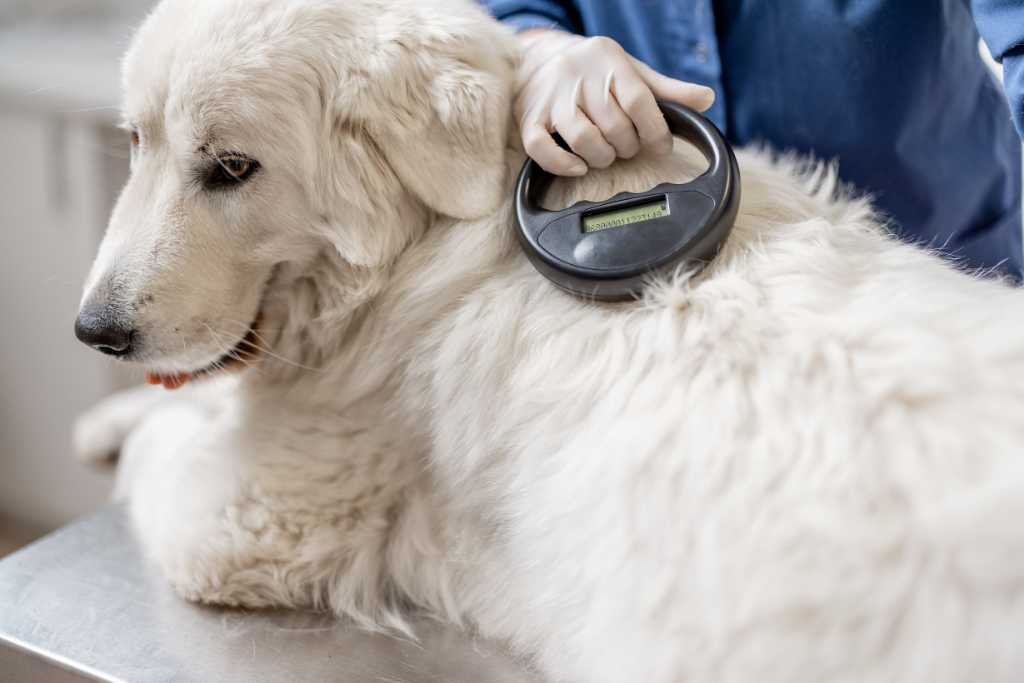
Microchip security and privacy
Securing your dog’s microchip information
While microchips provide a valuable means of identification, it is equally important to ensure the security and privacy of your dog’s microchip information. Microchip service providers take privacy and security seriously and implement various measures to protect the information stored in their databases. This includes encryption and strict access controls to prevent unauthorized access to the information. As a dog owner, it is important to select reputable microchip service providers who prioritize data protection and maintain the highest standards of security.
Ensuring privacy and data protection
To further ensure the privacy and data protection of your dog’s microchip information, it is important to be mindful of how and where you share this information. Only provide your contact information to trusted individuals or organizations who genuinely need it for identification purposes. So, avoid sharing it on public platforms or social media unless necessary. By being cautious and responsible with the sharing of your dog’s microchip information, you can help protect their privacy and minimize the risk of identity theft or misuse of their data.
Updating microchip details
When and why to update your dog’s microchip details
It is crucial to update your dog’s microchip details whenever there is a change in your contact information or your dog’s ownership. This includes changes in your address, phone number, or email address. Keeping the information up to date ensures that if your dog goes missing, the correct and current contact details will be available to facilitate their safe return. Failure to update your dog’s microchip details can result in delays or difficulties in locating you as the owner, potentially prolonging the time your dog spends away from home.
Steps to update microchip information
To update your dog’s microchip information, start by contacting the microchip service provider associated with their microchip. You can typically find the contact information on their website or through your veterinarian. Provide them with the necessary updated information, such as your new address or phone number, along with proof of ownership. The microchip service provider will then update their records accordingly. It is also advisable to contact any relevant microchip databases to ensure they have the most up-to-date information on file. By proactively updating your dog’s microchip details, you are taking an important step to protect their safety and ensure their prompt return if they ever go missing.

